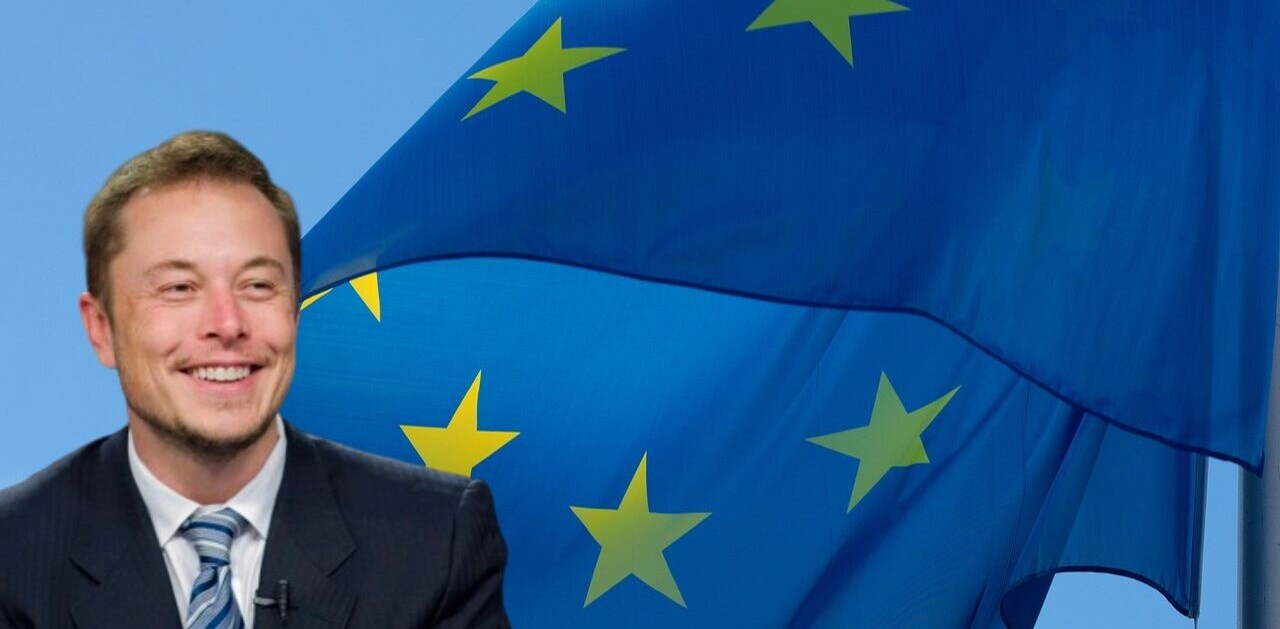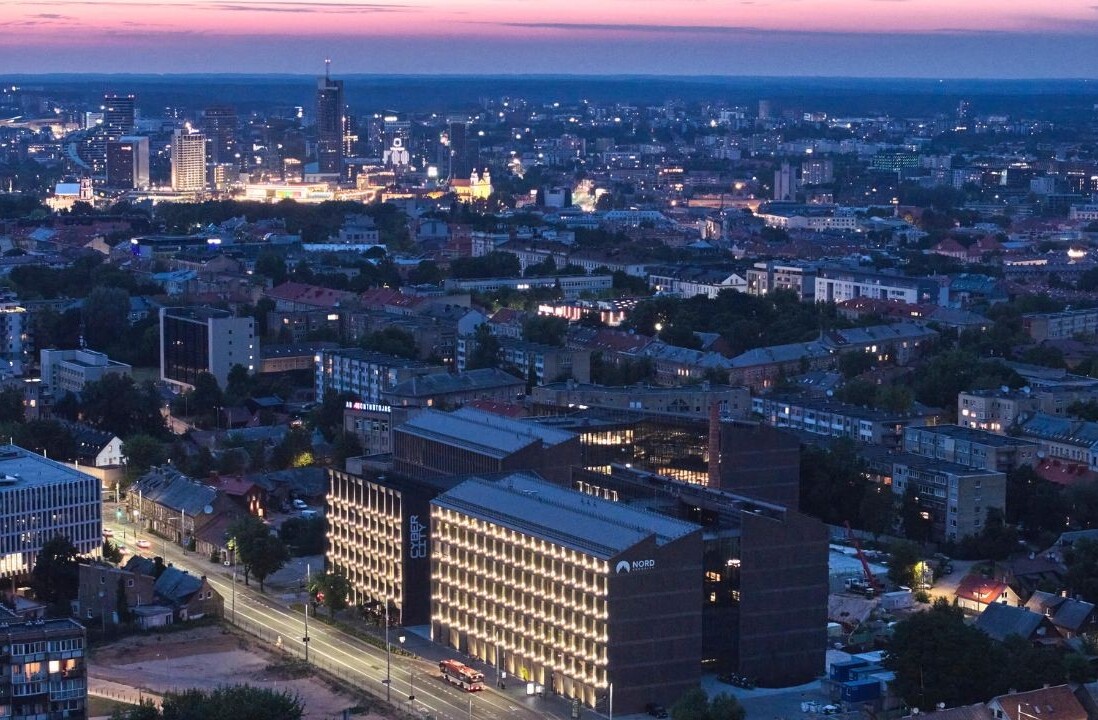
While promoting fitness, community and often charitable causes, large running events can have a significant environmental impact. Adding to the waste generation from water stations and temporary race infrastructure are the carbon emissions from the transportation of participants and spectators.
For major international marathons, this includes thousands of people flying in — often from all across the globe. And the popularity of running as a sport is showing no signs of slowing down. In 2023, 49,272 people took part in the London Marathon, more than ever before.
In an attempt to support a sustainable growth trajectory, London Marathon Events (LME) is turning to what many consider the frontier of climate tech, and today announced a partnership with carbon removal platform CUR8, committing to remove 280 tonnes of CO2 from the air in 2023.
This number is set to increase in 2024, and will be financed partly through a “climate levy fee” from international participants of £26 ($31,60). The overall goal is for LME to remove more carbon than its events emit by 2025, and to move its net-zero target forward from 2040 to 2030.
Other sustainability measures already in place include using electric lead and logistics vehicles, biofuels for generators, and using renewable energy solutions such as solar tower lights where applicable.
Removals vs. offsets
Carbon removals are different from carbon offsets. Carbon removal technologies are specifically designed to remove carbon emissions from the atmosphere, in order to reduce the concentration of CO2 in the air and combat climate change. These can be relatively low tech, such as enhanced rock weathering, or at the forefront of human engineering, such as direct air carbon capture (DAC) and storage.
Carbon offsetting, which has traditionally been the way events/companies/airlines attempt to do away with their carbon footprint, is a practice of participating in projects elsewhere that are supposed to ‘make up’ for the emissions they produce. This can be related to forestry or renewable energy projects, but the efficacy or carbon offsets is much debated.
While carbon offsetting through the voluntary market has been around for some time, carbon removals as an industry is in its infancy. Buying carbon removals is expensive, and the scarce credits available today have often been snagged by giant tech corporations such as Microsoft, eager to enhance their ESG scores.
CUR8 was founded in 2022 to help develop the carbon removal industry and provide access to more buyers to carbon removal credits. Its platform purchases carbon removal credits from vetted suppliers, such as 1PointFive and UNDO, to build portfolios for buyers. TNW recently sat down for an in-depth conversation about the science, technology, and market mechanisms behind it all with two of its founders.
Get the TNW newsletter
Get the most important tech news in your inbox each week.




